Should Plant Pots Be Raised Off the Ground? Benefits and Tips
When you’re diving into the world of container gardening, you might wonder if raising plant pots off the ground truly makes a difference. Elevating your plant pots can improve drainage, protect plants from pests, and encourage healthier growth.
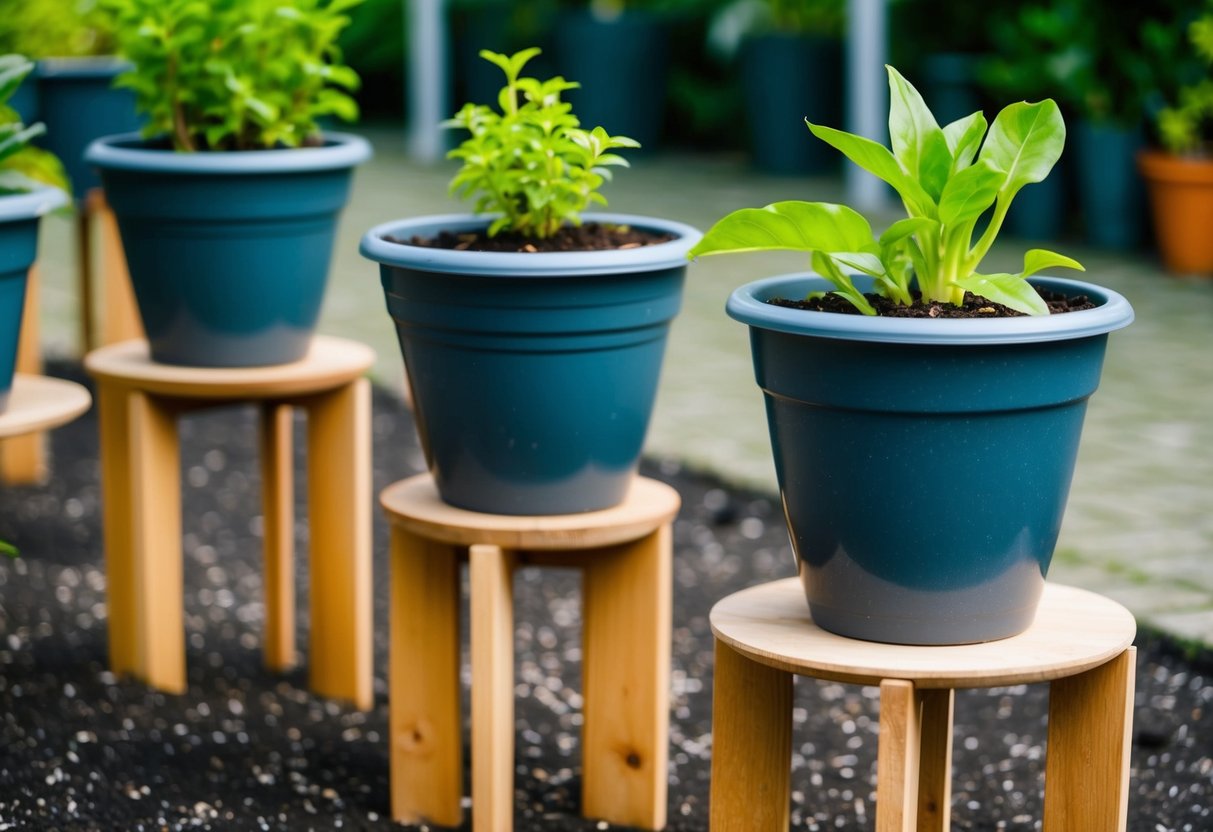
Elevating pots also keeps pests like insects and small critters away. It can make a big difference for gardeners who prefer easy maintenance and fewer worries. With practical options available, like using pot stands or sturdy materials, you can find a method that suits your gardening needs.
Apart from protecting your plants, raising pots helps manage water flow more effectively, which is crucial for their health. By placing plant pots on raised surfaces, you let excess water drain out, reducing the risk of overwatering. For anyone looking to make their plants happier, elevating pots could be an effective approach.
Benefits of Raising Plant Pots Off the Ground
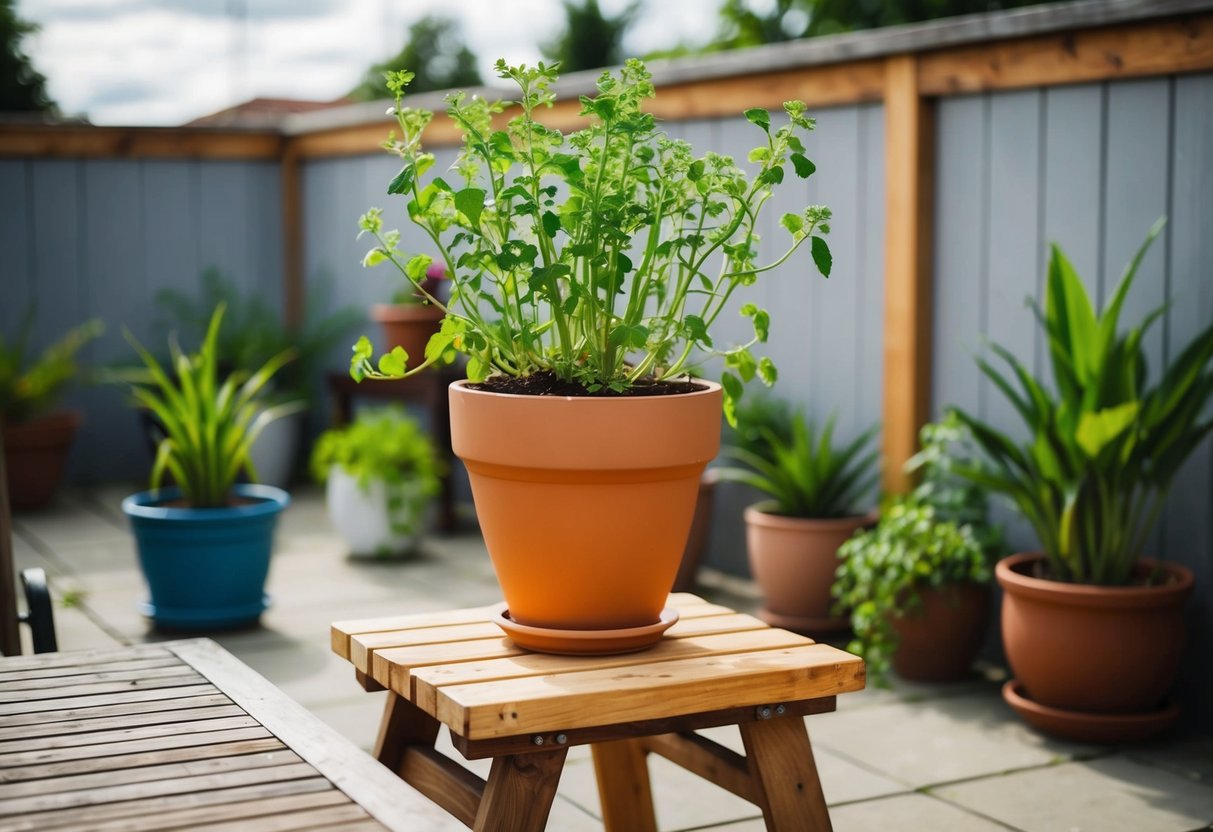
Raising plant pots offers several advantages for healthier container gardening. You’ll find that it helps with drainage, provides better air circulation, and protects against pests. These benefits can improve your gardening experience and keep your plants thriving.
Improved Drainage and Prevention of Root Rot
Lifting pots off the ground allows excess water to flow out more easily. This improves drainage, which is crucial for many plants. Poor drainage can lead to root rot—a condition where roots stay waterlogged and begin to decay.
By ensuring that water drains properly, you’re helping your plant’s roots stay healthy and strong. You can use pot feet or stands to raise the pots, which are readily available at garden stores.
Proper elevation prevents water from collecting at the bottom, maintaining an optimal moisture balance. This is especially important if you’re growing plants prone to root rot. Improved drainage means healthier roots and a happier plant.
Enhanced Air Circulation Around Pots
Raising pots increases air circulation around them, which benefits plant health. Improved airflow helps reduce the risk of mold and mildew, which can thrive in damp, stagnant environments. This is vital if you have plants that prefer drier conditions.
The enhanced air circulation can also keep the soil’s surface from staying too wet. Drying the soil surface more effectively discourages pests that prefer moist environments. By elevating your pots, you are creating a well-ventilated setting for your plants.
Open spaces beneath your pots keep the environment around them fresh, aiding overall growth and limiting fungal issues. Increased airflow is a simple yet effective strategy in caring for your plants.
Protection from Pests and Animals
Elevating pots can prevent many ground-dwelling pests from reaching your plants. Lifting them reduces access for pests like slugs or rodents. This protection minimizes the need for chemical pest controls, keeping your garden eco-friendly.
Raised pots are less likely to be disturbed by small animals, providing extra security to your plants. You’ll worry less about critters munching on leaves or digging in the soil. Also, lifting pots can help deter larger animals that might knock them over or cause damage.
Using stands or shelves can significantly increase protection without adding barriers to your garden’s appearance. Protecting your plants from pests and animals is crucial in maintaining a vibrant and healthy garden.
Choosing the Right Pot Stand and Materials

When raising your plant pots, you need to consider both the type of stand and the materials used. Different stands suit various gardening needs, while choosing the right material can impact durability and flexibility for both outdoor and indoor environments.
Types of Pot Stands and Supports
Choosing the right pot stand is essential for stability and aesthetics. Pot feet are simple and elevate pots slightly, improving drainage. They’re great for container plants on solid surfaces.
Plant caddies have wheels, making them perfect for moving heavier pots, especially in raised garden beds or patios.
Meanwhile, pedestal stands offer height and a stylish look, often used indoors for their decorative appeal.
Hanging supports are ideal if floor space is limited. These can add a unique look to your gardening area. Consider the weight of your plant and pot, as some supports are better suited for heavier loads. Use this list to determine which option best fits your needs, ensuring a beautiful and functional garden space.
Materials Suitable for Outdoor and Indoor Environments
The choice of material impacts both the longevity and appearance of your pot stands.
Metal stands, like wrought iron, are strong and ideal for outdoor environments but may rust over time. Meanwhile, plastic stands resist weathering, making them practical for areas exposed to rain and sun.
Wood is another option, providing a natural look, though it needs treatment to withstand moisture. For indoor settings, ceramic and stone stands can add elegance but are heavier and less mobile. Consider where you’ll use your stands and the climate conditions they’ll face to select the best material for your gardening needs.
Potting Mix and Soil Considerations
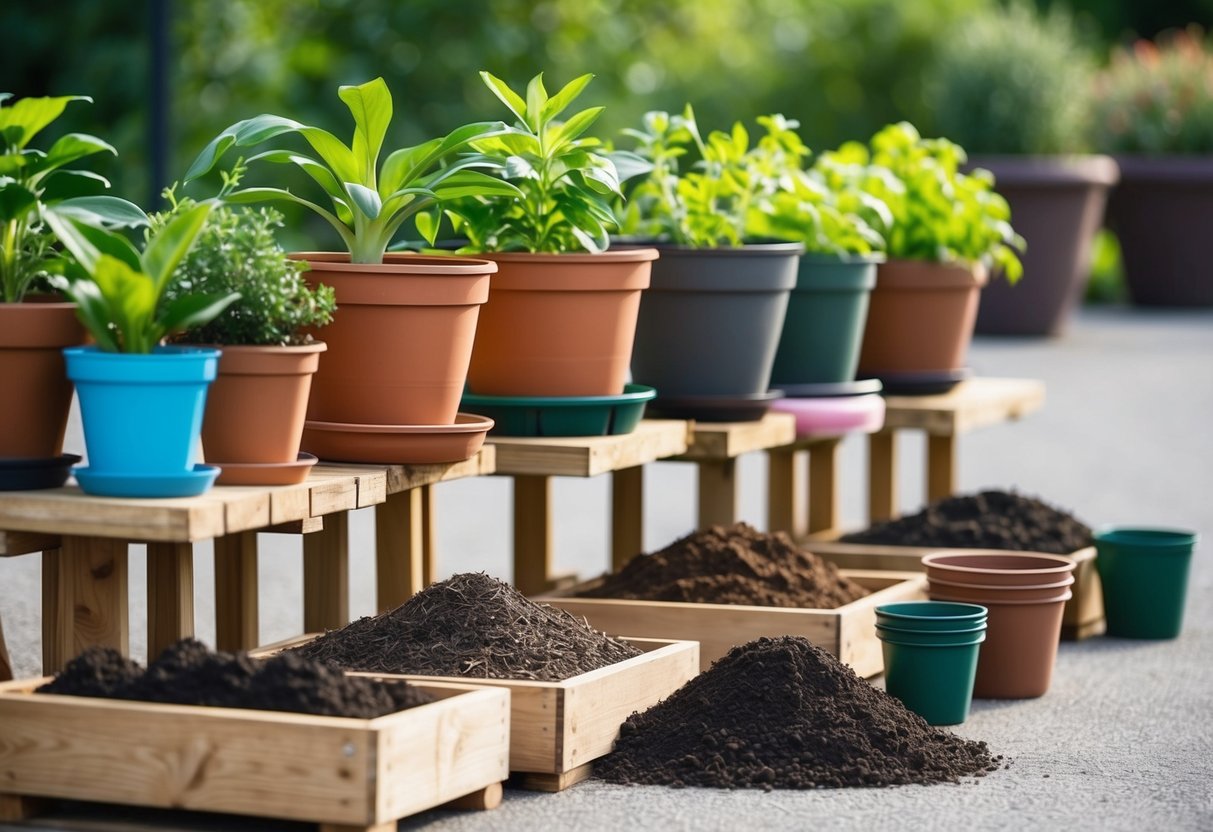
When potting your plants, the type of soil mix you use can greatly impact their growth and health. Understanding the different components can help you create the perfect environment for your plants.
Creating an Optimal Soil Mix for Drainage and Growth
An effective soil mix should balance drainage and nutrient availability. Potting mix typically includes materials like peat moss or coco coir, perlite, and vermiculite. These components improve both drainage and aeration, which helps roots grow stronger and healthier.
When you combine a well-draining soil mix with proper watering techniques, your plants can avoid root rot, which is common in pots that retain too much water.
Drainage holes in pots are also essential to prevent water from pooling at the bottom and causing damage to plant roots.
Adding potting soil to the mix can provide additional nutrients, supporting plant growth. Keep in mind that garden soil is usually too dense for pots and can hinder root development, so it’s best to stick with potting mix specifically designed for containers.
The Role of Compost in Plant Pot Health
Incorporating compost into your potting mix can enrich the soil with essential nutrients. Compost is decomposed organic matter like kitchen scraps and garden debris, and it acts as a natural fertilizer.
Adding compost to your soil mix helps improve plant health by enhancing nutrient content. This can lead to more vibrant growth and increased resistance to pests and diseases.
Be mindful of how much compost you use; too much can retain moisture and reduce drainage. A good balance is usually around 20-30% compost in your potting mix. This combination promotes healthy, thriving plants in your pots.
Watering Techniques for Raised Plant Pots
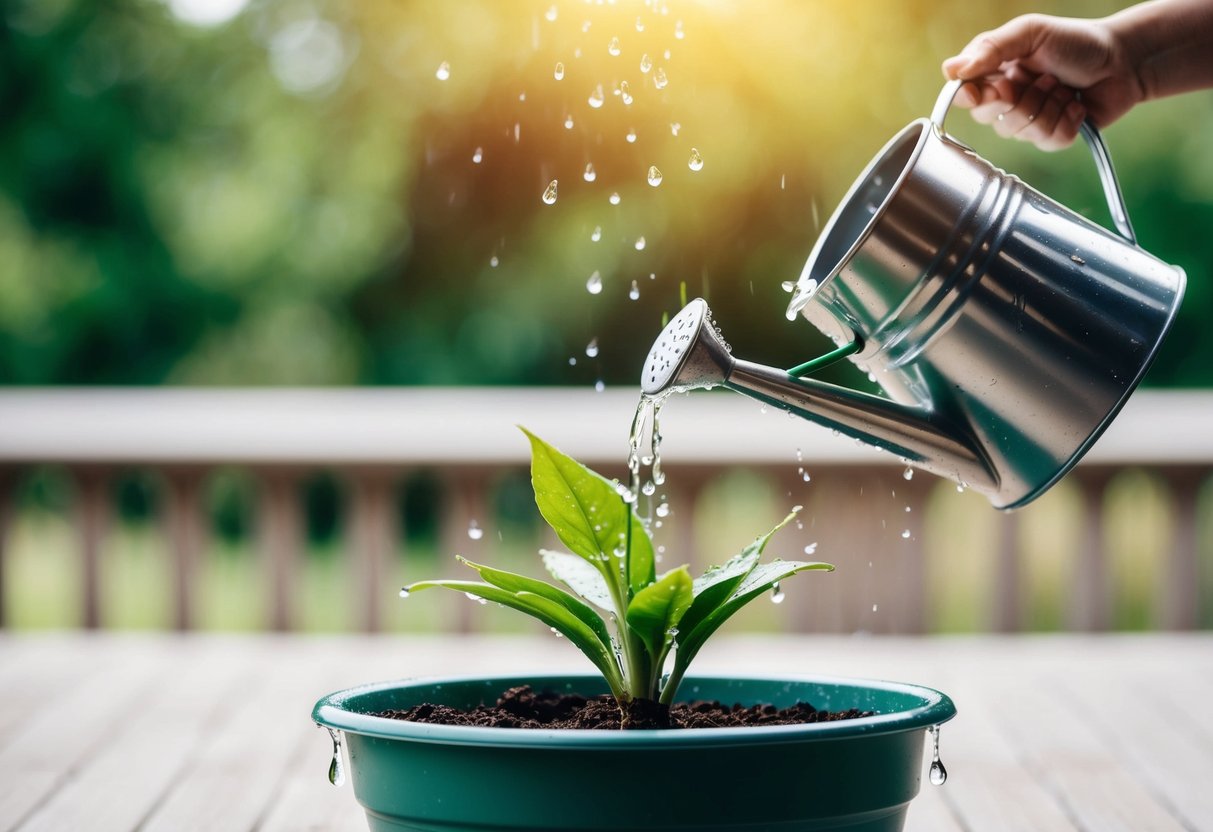
When watering raised plant pots, you have to balance keeping the soil moist without making it too wet. Proper techniques can help maintain healthy plant growth and prevent problems like root rot.
Preventing Overwatering and Ensuring Adequate Moisture
Raised plant pots in container gardening offer better drainage, but you still need to be careful not to overwater. Using a pot with drainage holes is important. This allows excess water to escape and prevents the roots from sitting in water, which can cause overwatering.
Check the soil by sticking your finger about an inch deep. If it feels dry, it’s time to water. Most plants in pots need watering at least once a week, but more frequent watering may be necessary in hot or dry weather.
Also, consider using mulch on top of the soil to keep moisture in longer, helping to reduce the frequency of watering.
Selecting Plants and Maintenance
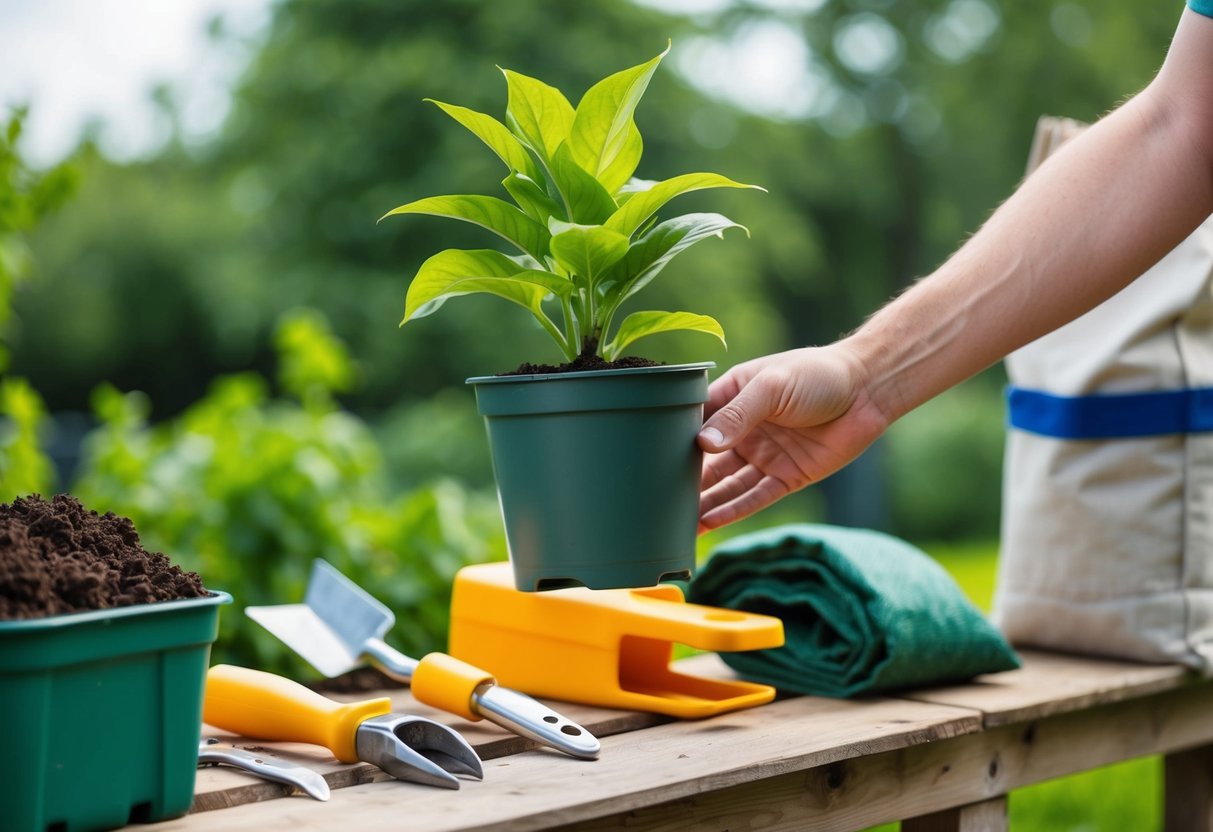
Choosing the right plants for your raised pots and maintaining them properly can ensure a thriving garden. Understanding the needs of different plant types, such as their root systems, and taking steps for their ongoing care are essential for successful container gardening.
Choosing Plants Suited for Raised Pots
When selecting plants for raised pots, it’s important to consider root systems and growth habits. Plants with shallow roots, like many annuals, are ideal. Look for container plants that thrive in such environments, including herbs, lettuce, and certain flowers.
Choosing the right soil is crucial. Use a soilless mix or container soil, as these offer good drainage and are less likely to compact.
You can try mixing peat moss, vermiculite, and perlite for an ideal blend.
Think about the sunlight requirements. Plants like sunflowers need full sun, while others, like ferns, do well in the shade. Check the plant tags for this information to ensure they match your garden’s conditions.
Ongoing Care for Raised Container Plants
Healthy container plants need regular maintenance. Pots can dry out faster than ground soil, so you must water your plants regularly. Check moisture levels daily, especially during hot weather, to keep your plants hydrated.
Fertilizing is also important. Use a balanced liquid fertilizer every few weeks to supply nutrients. Be cautious, as over-fertilizing in containers is easy and can harm root systems.
Pruning and deadheading the plants can encourage growth and flowering. Cut off dead leaves and spent flowers to keep your plants looking their best. Watch for any signs of pests or diseases, and address these issues quickly to protect your garden.







